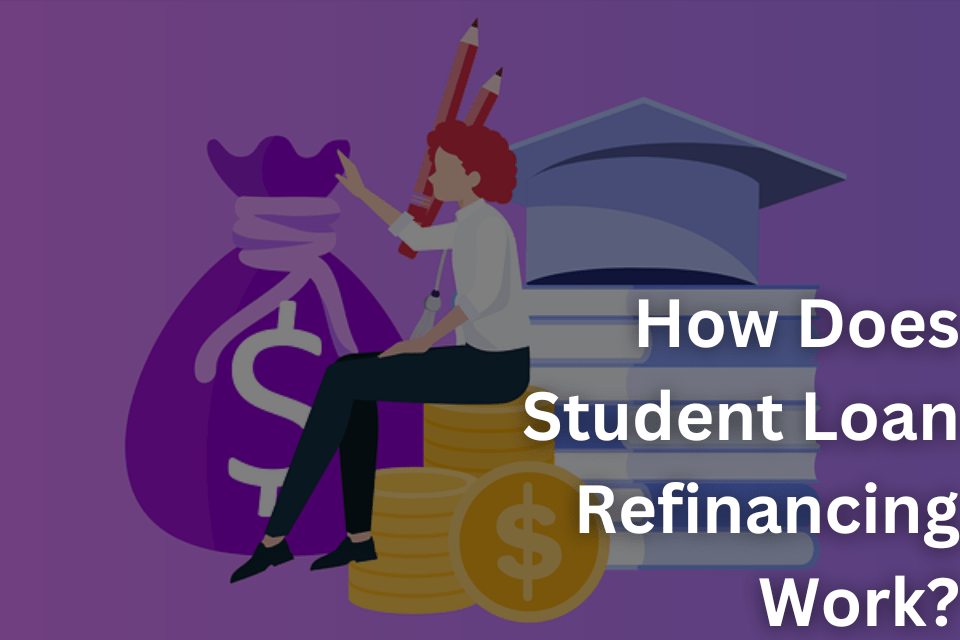Student loan refinancing is the process of taking out a new loan to pay off one or more existing student loans. This can be done through a private lender or through the federal government. The goal of refinancing is to secure a lower interest rate, which can save you money over the life of the loan.
The Pros and Cons of Student Loan Refinancing
When considering student loan refinancing, it’s important to weigh the pros and cons. Some of the benefits of refinancing include:
- Lower interest rates: Refinancing can result in a lower interest rate, which can save you money over the life of the loan.
- One monthly payment: Refinancing multiple loans into one loan can make it easier to keep track of your payments.
- Potential to pay off loans faster: With a lower interest rate, you may be able to pay off your loans faster.
However, there are also some downsides to refinancing:
- Loss of borrower benefits: If you refinance a federal loan with a private lender, you will lose any borrower benefits that came with the federal loan, such as income-driven repayment plans and loan forgiveness programs.
- No option to return to a federal loan: Once a federal loan is refinanced with a private lender, you cannot return to a federal loan program.
- No option to cancel loans: Once a loan is refinanced, it cannot be cancelled.
- No option to discharge loans: Once a loan is refinanced, it cannot be discharged.
How to Refinance Your Student Loans
When you’re ready to refinance your student loans, here are the steps you’ll need to take:
- Compare rates from multiple lenders: Compare rates from multiple lenders to find the best deal. Be sure to consider both the interest rate and the loan terms.
- Gather the necessary documents: You will need to provide proof of income and a copy of your current student loan statements.
- Apply for the loan: Once you’ve found a lender you want to work with, you can apply for the loan.
- Wait for approval: Once your application is approved, the lender will send you a loan estimate and you will be required to sign a loan agreement.
- Close on the loan: Once the loan agreement is signed, the lender will disburse the funds to your current loan servicer.
Conclusion
Refinancing your student loans can be a great way to save money on your student loan payments and potentially pay off your loans faster. However, it’s important to understand the pros and cons of refinancing and to make sure that it’s the right choice for you before proceeding. If you’re considering student loan refinancing, be sure to shop around for the best deal and to gather all the necessary documents before applying.

